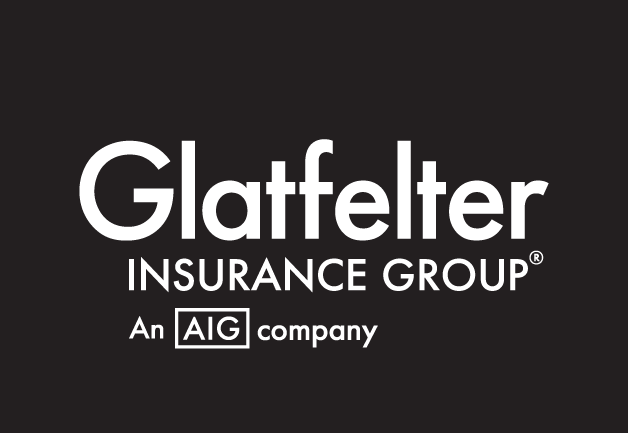Accidents happen, but are your drivers prepared?
Across the country, school bus drivers hold the responsibility of getting students to and from school safely (and let’s not forget about field trip transportation). Between navigating traffic, preparing for inclement weather and dealing with a large group of children and/or teens, being a bus driver is no easy task. Despite the fact that taking the bus to and from school is safer than traveling by car, drivers should still be prepared for anything on the road.
As a school bus contractor, there’s no doubt that you’re drivers have been through their fair share of difficult situations. Fortunately we have resources to help them navigate those bumps on the road and strengthen or implement policies and procedures. Have you discussed these 3 elements with your team?
Evacuation drills
Does your team know the difference between a situation that calls for an evacuation and one that doesn’t? It’s much safer to keep students on the bus, but if there is a high risk of collision or danger to students, some situations call for an evacuation. Because there are driver and student responsibilities that need to be taken into consideration during an accident, proper instruction of emergency procedures is crucial to ensure everyone is safe, secure and on the same page.
Accident procedures
Preventable or not, accidents happen — and what matters is preparedness. Accidents come in different forms, which can make planning for emergencies difficult. If an accident were to occur, ask yourself:
- Are drivers familiar with and able to locate all emergency equipment (first aid, fire extinguishers, reflective triangles)?
- Are drivers capable of evaluating and administering care for students when needed?
- What information and documents need to be reported, and who receives this information?
- Who needs to be contacted following an accident?
These are just a few questions to consider, and when it comes to documentation we’ve got you covered. Provide your team with these tools to document all accidents:
- School bus dispatch accident log
- School bus accident file summary
- School bus accident passenger injury list
- School bus driver accident response
Handling misbehavior
When there are dozens of students on a school bus, sometimes things can get out of hand — and when students act out, bus drivers need to be able to handle the situation appropriately. A School Bus Discipline Policy has proven to be effective, as a Huntington Valley, Pennsylvania school and an Anoka, Minnesota school district show this in an Education World article.
Work with school administration to review recurring incidents and help develop a policy. A sample policy, as Education World highlighted, can consist of grouping behaviors into different levels or classes followed by disciplinary action. These problems will never completely go away, but developing a discipline policy has shown to help decrease the number of bus incidents.
Miscellaneous tips
To help ensure every drive goes smoothly, always have your drivers keep these tips, provided by the Pennsylvania Department of Transportation, top-of-mind:
- Complete a pre-trip inspection before every run to check for mechanical defects
- Be reliable and dependable
- Establish a positive relationship with your students
- Ensure all children exiting the bus are in a safe place before deactivating your 8-way lights
- Children shouldn’t exit the bus before all traffic has completely stopped and safety equipment has been engaged
- After your last stop, complete a post-trip of your bus the ensure no child was left on the bus
Even the best drivers can have an accident. Developing a School Bus Safety Policy takes plenty of research and testing, but these tips and resources can help lay the groundwork. After all, many difficult situations can be alleviated with the right amount of preparedness and tools.

Richie Almeida, Integrated Marketing Specialist
Richie is an avid movie goer with an addiction to Sour Patch Kids. If he isn’t at the movies, he is at the gym or on a hike trying to make up for his bad eating habits.
DISCLAIMER
The information contained in this blog post is intended for educational purposes only and is not intended to replace expert advice in connection with the topics presented. Glatfelter specifically disclaims any liability for any act or omission by any person or entity in connection with the preparation, use or implementation of plans, principles, concepts or information contained in this publication.
Glatfelter does not make any representation or warranty, expressed or implied, with respect to the results obtained by the use, adherence or implementation of the material contained in this publication. The implementation of the plans, principles, concepts or materials contained in this publication is not a guarantee that you will achieve a certain desired result. It is strongly recommended that you consult with a professional advisor, architect or other expert prior to the implementation of plans, principles, concepts or materials contained in this publication.
This blog post may contain the content of third parties and links to third party websites. Third party content and websites are owned and operated by an independent party over which Glatfelter has no control. Glatfelter makes no representation, warranty, or guarantee as to the accuracy, completeness, timeliness or reliability of any third party content. References to third party services, processes, products, or other information does not constitute or imply any endorsement, sponsorship or recommendation by Glatfelter, unless expressly stated otherwise.
Related posts
Help ensure your school's roof is protected against seasonal risks by prioritizing inspections and preventative maintenance.
How you can help protect your most important asset: your people, and how to help them set up their insurance benefits so that they reflect their wishes.
Consider these best practices to avoid significant property damage, costly repairs and potential interruptions to your school day due to pipe freezing.









Submit a Comment